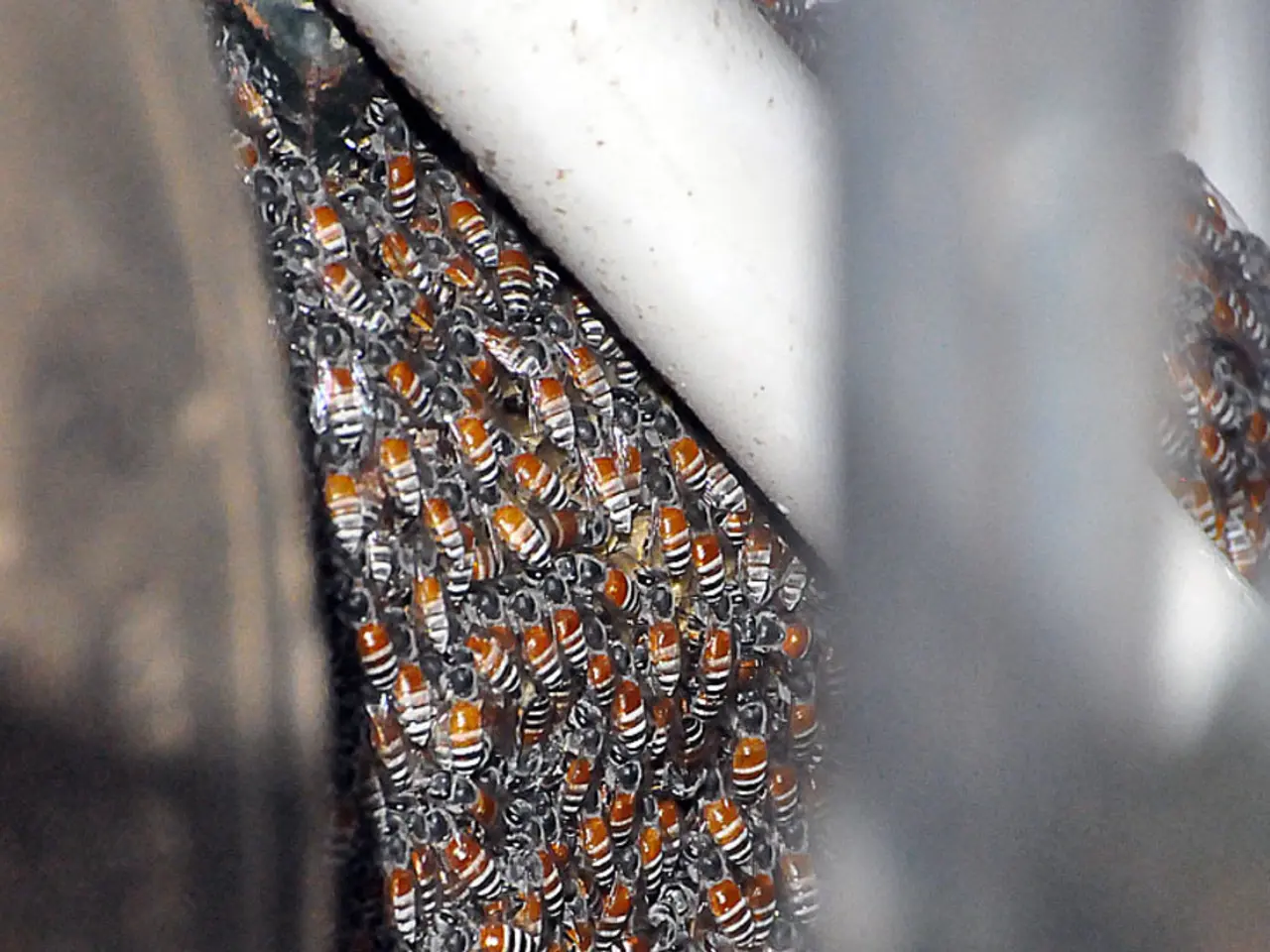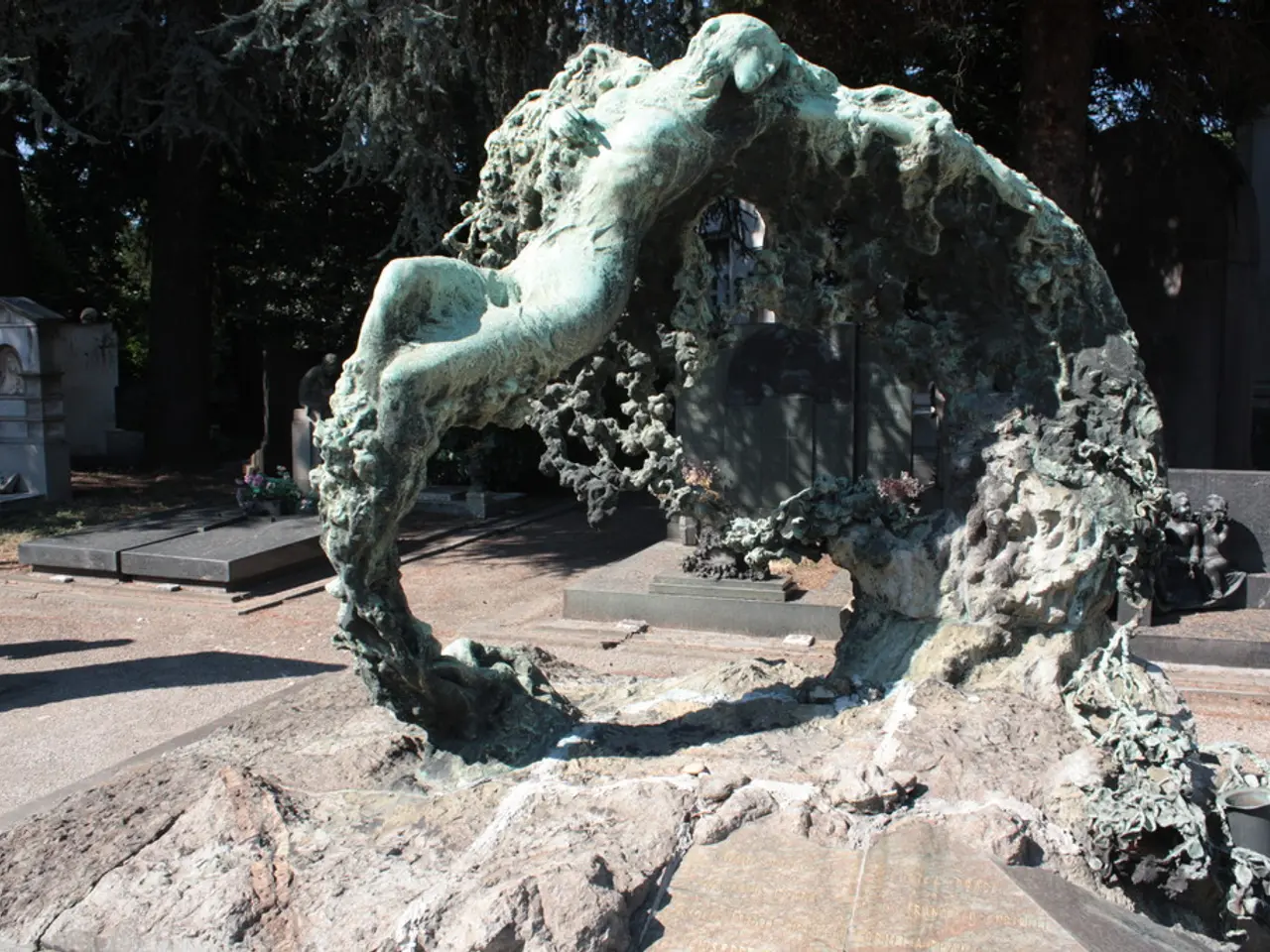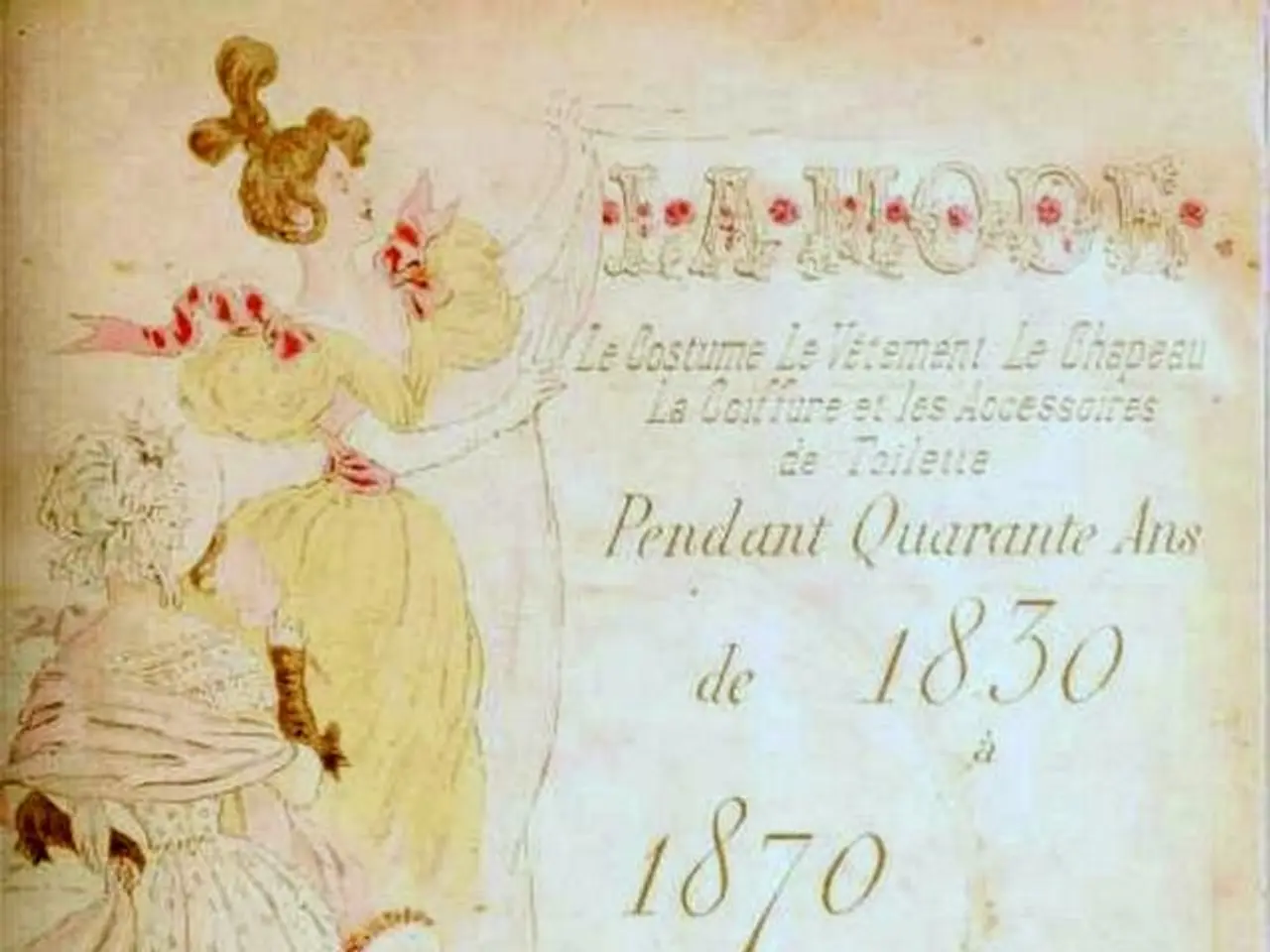- Honey production reaches unprecedented highs in beekeeping operations
In the picturesque landscapes of Rhineland-Palatinate, beekeepers are celebrating a bumper honey harvest this spring. On average, each beehive in the region produced around 20 kilograms of honey, with the north producing just under 22 kilograms and the south 17 kilograms. This productive year was primarily influenced by the interaction of land use and seasonal factors that affected honeybee foraging behavior and plant availability during April to October in the region.
The quality of the honey, measured by its water content, was good at an average of 16.8 percent, a testament to the dry, warm, and sunny weather that the region enjoyed. Christoph Otten, head of the Bee and Beekeeping Center in Mayen, stated that 2025 is a good honey year.
However, the good news is overshadowed by the spread of American Foulbrood in the Bad Dürkheim district. This bacterial disease of bee brood, caused by the bacterium "Paenibacillus larvae," has been traced back to an illegal setup of over 120 beehives by a beekeeping couple. As a result, four quarantine zones have been established in the district to contain the outbreak, and all beekeepers in the affected area must have their beehives tested for spores. Movement or removal of dead bees, combs, honey, or used beekeeping equipment is prohibited from the affected area.
Beekeepers are not allowed to bring bees into the affected area either. The Bee and Beekeeping Center is responsible for an industry survey that thousands of beekeepers across the country participate in each year. In Rhineland-Palatinate, there were around 780 participants in the survey, with approximately 6,500 beekeepers in total, most of whom practice beekeeping as a hobby and keep an average of eight to nine beehives each.
Despite the outbreak, prices for a 500-gram jar of honey in Rhineland-Palatinate range between six and eight euros, according to Jochen Dörr from the Beekeepers' Association. He expects an average of around 20 kilograms for the summer harvest. The association suggests a fair price for honey to be eleven to twelve euros.
Despite the challenges, the spirit of Rhineland-Palatinate's beekeepers remains undeterred. They continue to work diligently to ensure a successful honey harvest while also taking necessary precautions to prevent the spread of American Foulbrood. The hope is that next year will bring another bumper harvest for the region.
[1] Study on the factors influencing honey production in Rhineland-Palatinate and nearby Hesse. [2] Regional wine production and sustainability reports. [3] [4] [5] Irrelevant to honey production factors in Rhineland-Palatinate.
- In an effort to improve beekeeping practices and ensure a continuous flow of honey in Rhineland-Palatinate, the Bee and Beekeeping Center is considering incorporating community policies that focus on vocational training for beekeepers in the region, aiming to enhance their skills and knowledge.
- To maintain a holistic approach to health and wellness, some beekeepers in the region have started incorporating science-based therapies and treatments for their hives, using various natural remedies to boost the overall health of their honeybees.
- To promote a sustainable lifestyle and support local industries, the Beekeepers' Association of Rhineland-Palatinate is partnering with local restaurants to offer special menus featuring dishes made with homegrown honey and other food-and-drink products from the region, encouraging the community to support its local beekeepers and farmers.




